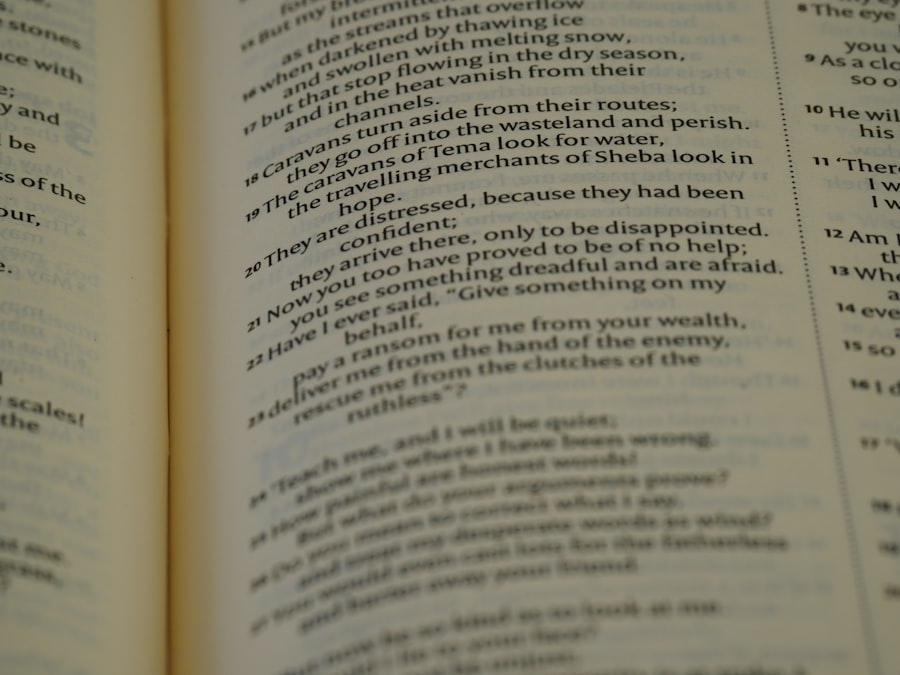Kavya-Prasasti is a term derived from the Sanskrit language, where “Kavya” refers to poetry and “Prasasti” signifies eulogy or praise. This literary form is characterized by its ornate style, intricate meter, and the use of elevated language to extol the virtues of individuals, often rulers or patrons, as well as deities. Kavya-Prasasti serves not only as a means of artistic expression but also as a historical document that encapsulates the cultural and social values of the time in which it was composed.
The poets who engaged in this genre were typically well-versed in classical literature and were often commissioned by kings or wealthy patrons to compose works that would immortalize their achievements and virtues. The structure of Kavya-Prasasti is typically elaborate, employing various poetic devices such as metaphors, similes, and alliteration. The poets would often draw upon mythological references and historical events to enhance the grandeur of their subjects.
This form of poetry was not merely an exercise in aesthetics; it was a strategic tool used to solidify the power and legitimacy of rulers by associating them with divine qualities or heroic deeds. In essence, Kavya-Prasasti functions as a bridge between art and politics, intertwining the realms of literature and governance in ancient Indian society.
Key Takeaways
- Kavya-Prasasti is a form of poetic composition in ancient Indian literature that is used to praise and eulogize individuals, deities, and events.
- The significance of Kavya-Prasasti lies in its role as a historical record, providing valuable insights into the social, cultural, and political contexts of the time.
- Kavya-Prasasti is characterized by its use of elaborate language, intricate metaphors, and rhythmic patterns to convey admiration and reverence.
- Examples of Kavya-Prasasti can be found in ancient texts such as the Ramayana, Mahabharata, and various inscriptions, showcasing its widespread use and influence.
- Charitas, or biographical narratives, play a crucial role in historical literature by providing a deeper understanding of the individuals being praised in Kavya-Prasasti, contributing to a more comprehensive historical record.
- The enduring legacy of Kavya-Prasasti and Charitas can be seen in the continued use of poetic praise and biographical narratives in literature, showcasing their lasting impact on the art of poetry and historical documentation.
The significance of Kavya-Prasasti in history
Reflections of Societal Values
By examining the themes and subjects of various Kavya-Prasasti works, historians can glean information about the values that were esteemed by society, such as bravery, wisdom, and piety.
Primary Sources for Understanding Power Dynamics
Furthermore, these texts often serve as primary sources for understanding the relationships between rulers and their subjects, as well as the patronage systems that supported the arts. Kavya-Prasasti also played a crucial role in the preservation of historical narratives.
A Window into the Past
For instance, the praise lavished upon a victorious king not only celebrated his achievements but also reinforced his authority and legitimacy in the eyes of his subjects. This function of Kavya-Prasasti as a historical record is particularly important given that many ancient texts have been lost or destroyed over time. The surviving examples of Kavya-Prasasti thus serve as critical links to understanding the past.
Kavya-Prasasti as a form of poetry and praise

As a distinct form of poetry, Kavya-Prasasti is marked by its unique blend of artistic expression and rhetorical flourish. The poets employed a variety of metrical patterns and stylistic devices to create works that were not only pleasing to the ear but also rich in meaning. The use of hyperbole is common in Kavya-Prasasti, where poets would exaggerate the virtues of their subjects to elevate them to an almost divine status.
This hyperbolic praise serves to inspire admiration and loyalty among the audience while simultaneously reinforcing the subject’s status. Moreover, Kavya-Prasasti often incorporates elements of narrative storytelling, weaving together anecdotes and historical references that enhance the overall impact of the poem. This narrative quality allows for a more engaging experience for the audience, drawing them into the world of the poem while simultaneously imparting moral lessons or cultural values.
The interplay between poetry and praise in Kavya-Prasasti creates a dynamic form that transcends mere flattery; it becomes a vehicle for cultural expression and identity.
Examples of Kavya-Prasasti in ancient texts
Numerous examples of Kavya-Prasasti can be found in ancient Indian literature, with some of the most notable works emerging from the classical period. One prominent example is the “Harsha Charita,” written by Banabhatta in the 7th century CE. This text chronicles the life and achievements of King Harsha Vardhana, showcasing his military conquests, patronage of the arts, and commitment to dharma (righteousness).
Banabhatta’s use of Kavya-Prasasti elevates Harsha’s status, portraying him as a paragon of virtue and a champion of culture. Another significant example is found in “Kumarasambhava,” composed by Kalidasa, one of India’s most celebrated poets. While primarily a narrative poem about the birth of Lord Kartikeya, it also contains elements of Kavya-Prasasti that extol the virtues of Shiva and Parvati.
Kalidasa’s masterful use of language and imagery not only enhances the divine qualities of these deities but also reflects the cultural reverence for them within society. Such works exemplify how Kavya-Prasasti can transcend individual praise to encompass broader themes of divinity and morality.
The role of Charitas in historical literature
Charitas are biographical narratives that often accompany Kavya-Prasasti, providing a more comprehensive view of an individual’s life and accomplishments. These texts serve as detailed accounts that complement the poetic praise found in Kavya-Prasasti by offering context and depth to the subjects being celebrated. Charitas typically include information about a person’s lineage, significant events in their life, and their contributions to society or culture.
This biographical approach allows for a richer understanding of historical figures beyond their poetic representations. The interplay between Charitas and Kavya-Prasasti is particularly significant in understanding how history was recorded and remembered in ancient India. While Kavya-Prasasti focuses on elevating individuals through poetic praise, Charitas provide a grounded narrative that situates these figures within their historical context.
For instance, the “Vikramorvasiyam,” another work attributed to Kalidasa, combines elements of drama with biographical storytelling, illustrating how these genres can intersect to create multifaceted representations of characters. This blending enriches both forms, allowing for a more nuanced portrayal that resonates with audiences across generations.
The enduring legacy of Kavya-Prasasti and Charitas in poetry and praise

Influence on Global Literature
The stylistic elements established by ancient poets have been adapted and reinterpreted across various literary traditions, demonstrating the lasting impact of these genres on global literature.
Modern Expressions
In modern times, the principles underlying Kavya-Prasasti can be observed in various forms of artistic expression, including contemporary poetry, music, and even visual arts. The tradition of praising individuals for their contributions to society remains prevalent, whether through award ceremonies or public commemorations. Furthermore, the exploration of personal narratives within Charitas has paved the way for autobiographical writing and memoirs that seek to capture individual experiences while celebrating broader cultural identities.
As we delve into these ancient forms, we uncover layers of meaning that speak to universal human experiences—celebration, remembrance, and the quest for immortality through words.
If you are interested in exploring the intersection of poetry and spirituality, you may also enjoy reading about Buddhist teachings on the Eightfold Path, Brahma Viharas, and Paramitas. This article delves into the principles and practices that guide followers of Buddhism towards enlightenment and inner peace. You can find more information on this topic by visiting this link.
FAQs
What is Kavya-Prasasti?
Kavya-Prasasti is a form of poetry in ancient Indian literature that is dedicated to praising and eulogizing a patron or a ruler. It is a type of panegyric poetry that was popular during the classical period in India.
What is Charitas?
Charitas is a form of literature in ancient India that is dedicated to narrating the heroic deeds and virtues of a patron or a ruler. It is a type of heroic biography that was commonly written to glorify the achievements of kings and other important figures.
What is the significance of Kavya-Prasasti and Charitas in history?
Kavya-Prasasti and Charitas played a significant role in shaping the historical and cultural narratives of ancient India. They were used as a means to glorify and legitimize the rule of kings and rulers, and to promote their virtues and achievements.
What are the common themes found in Kavya-Prasasti and Charitas?
Common themes found in Kavya-Prasasti and Charitas include the valor, generosity, wisdom, and benevolence of the patron or ruler being praised. These literary works often depict the patron as a divine or semi-divine figure, and emphasize their role in upholding dharma (righteousness) and protecting their subjects.
Who were the notable poets and authors of Kavya-Prasasti and Charitas?
Notable poets and authors of Kavya-Prasasti and Charitas include Kalidasa, Bana, Dandin, and Bhavabhuti. These writers were renowned for their mastery of Sanskrit literature and their ability to craft elaborate and eloquent praises and biographies of their patrons.























+ There are no comments
Add yours